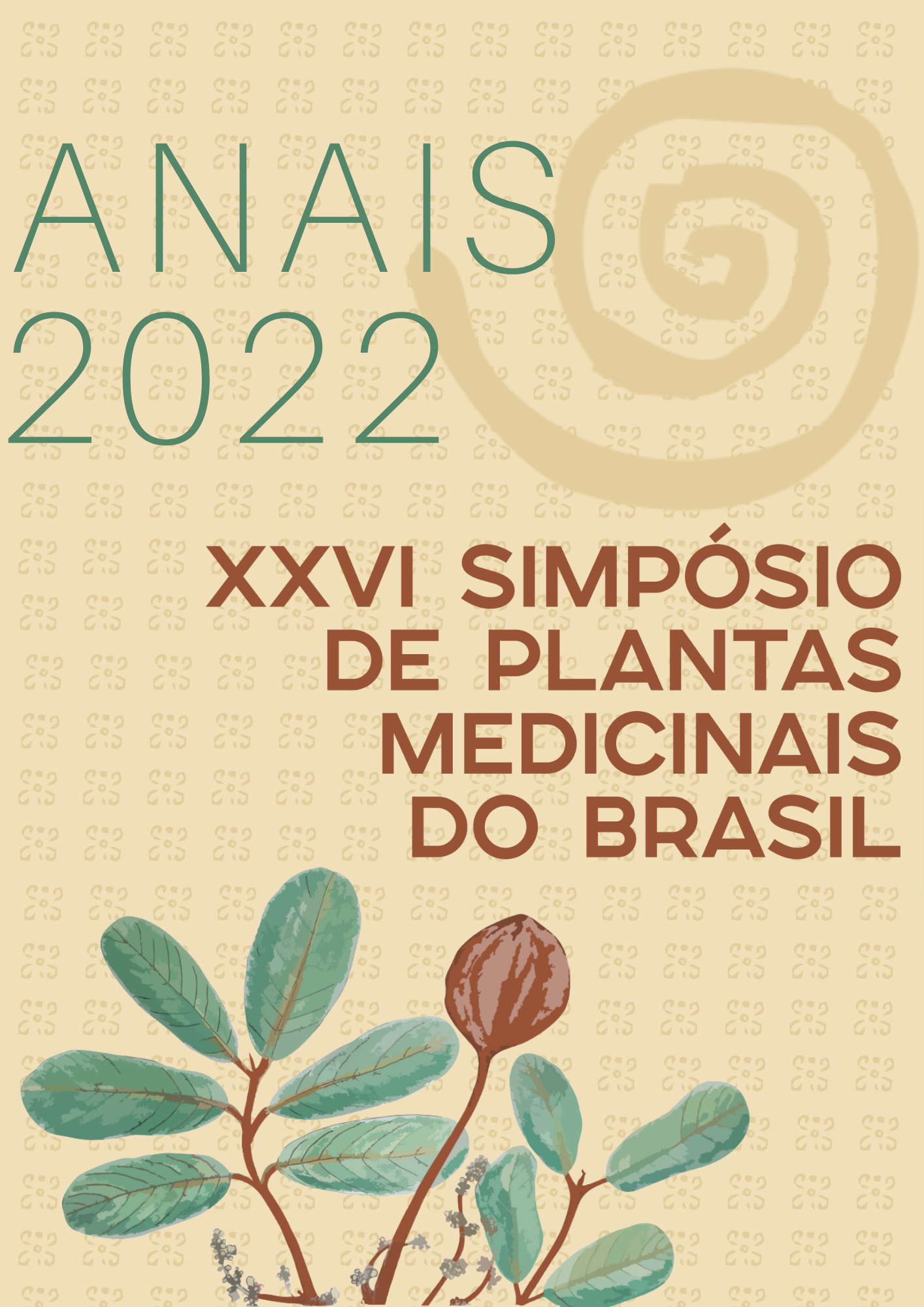NANOEMULSIONS/NANOPARTICLES FROM BRAZIL NUTS OIL (Bertholletia excelsa), ANDIROBA (Carapa guianensis) AND UCUUBA (Virola surinamensis) FAT OILS
Palavras-chave:
Keywords: Amphotericin B; ucuuba fat, nanoparticle lipids, nanoemulsions, andiroba oilResumo
Introduction: Vegetable oils have been constantly used in the production of nanoformulations for different purposes. The Amazon is a supplier of a large number of oils/fats such as those extracted from Brazil nuts (Bertholletia excelsa), andiroba (Carapa guianensis) and ucuúba (Virola spp.). Brazil nut and andiroba oils, together with ucuuba fat, have physicochemical properties that make them of great interest for the production of drug-carrying systems, such as nanoemulsions and lipid nanoparticles. Objective: Obtaining nanoemulsions/nanoparticles from Amazonian oils/fats using Amphotericin B as a model drug Methodology: In this study three formulations were produced, in all of which the oil phase consisted of vitamin E TPGS as a surfactant (6.3% w/w), capryol 90 (2.75% w/w) as a co-surfactant and amphotericin B at a concentration of 0.01mg/mL and a vegetable oil. The nanoemulsions oil fase was constituted Brazil nuts oil (FCAST) and Andiroba oil (FAND). The ucuuba fat when used like oil phase has generate nanoparticle lipids solids, and that formulation was denomaded FUCU. The preparation of the formulation consisted of heating the oil and aqueous phases separately at 60°C and always under agitation, subsequently, pouring the aqueous phase over the oil, keeping for 5 minutes under agitation at 60°C. Results and Discussion: All formulations were analyzed for their physical appearance, after 24 hours of preparation, appeared to be clear solutions and free of precipitates, either from the added drug or from the lipids themselves. The formulations showed a particle size of 75nm for FUCU, 250nm for FAND and 405nm for FCAST. In relation to PDI the values were 0.405 for FUCU, 0.55 for FAND and 0.625 for FCAST, finally the zeta potential had values of -40 for FUCU, -35 for FAND and -38 for FCAST. Amphotericin B was added at the same concentration in all formulations, so its presence was probably not the reason for FUCU to have the smallest particle size and lower PDI, the particle size differences are in the lipid used, ucuuba fat is a solid lipid, vegetable fats are solid because they are mostly made up of short-chain saturated fatty acids, less carbon chain means less lipophilicity and better emulsification efficiency by surfactants, resulting in smaller size and less homogeneity. Conclusion: Using a low-cost technique, nanoformulations were obtained from vegetable oils/fat with a size smaller than 200nm and have great potential as drug delivery systems.

